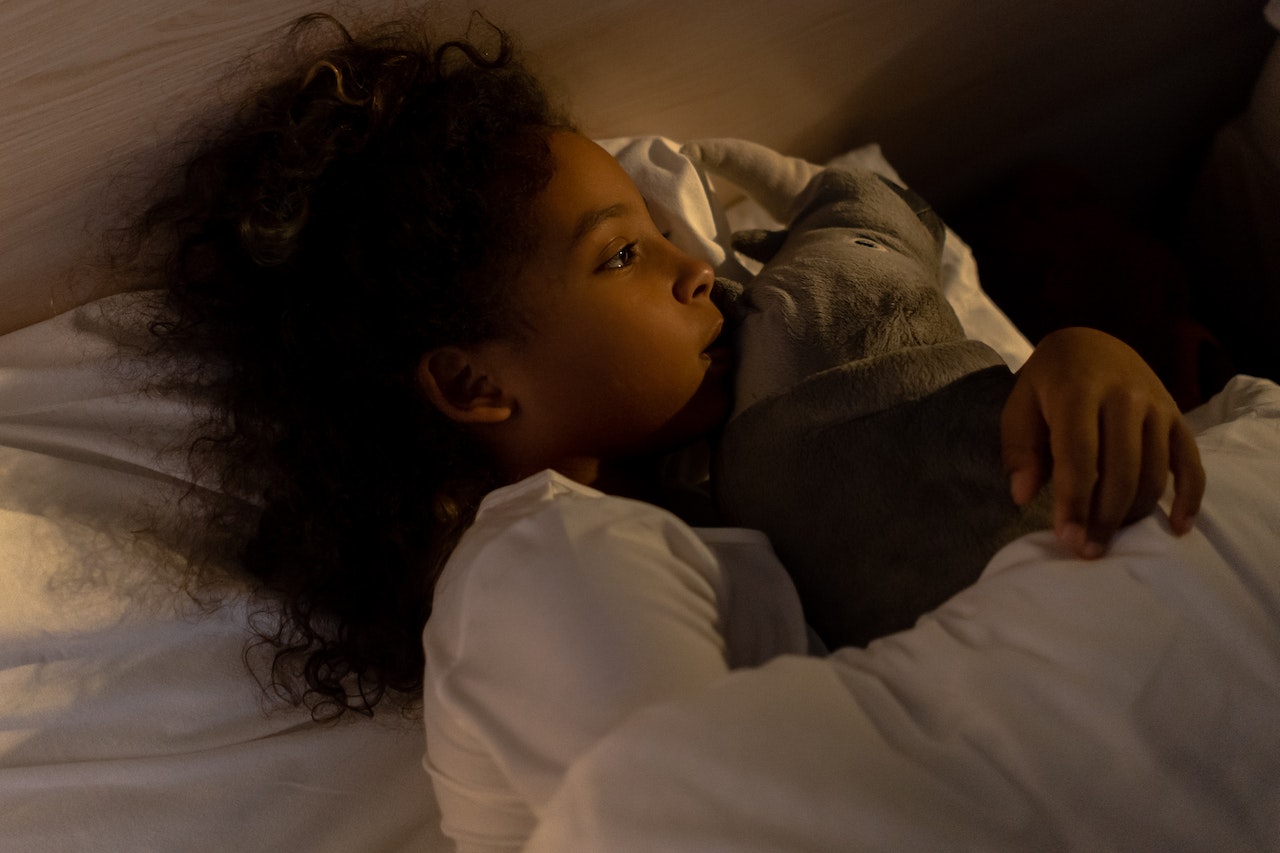Oh, the magical world of child discipline. If you’ve found yourself at the end of your rope, pulling your hair out, or muttering under your breath, “Is it too late to put them up for adoption?” then you, my friend, have come to the right place. Today, we embark on a journey to discover the most effective (and hilarious) ways to discipline your little angels (or demons, depending on the day).
Understanding Your Child and Choosing the Right Approach
Before we jump into the thrilling escapades of timeouts and chore wheels, it’s crucial to understand that children, much like adults, come with their own set of quirks, peculiarities, and, dare I say, a manual that we, as parents, somehow misplaced at the hospital. So, let’s take a moment to dissect the enigma that is child behavior, and figure out how to tailor our discipline strategies to suit their developmental stages, shall we?
Child’s Developmental Stage
Kids aren’t just short adults with a penchant for finger painting and nonsensical songs; they are unique beings traversing through various developmental stages, each with its own set of challenges. A toddler’s brain is like a sponge, absorbing everything around them, including your reactions to their fifth meltdown of the day. On the other hand, teenagers are navigating the tumultuous seas of puberty, grappling with their identity, and, of course, testing the limits of your patience.
Understanding where your child is developmentally can help you tailor your discipline strategies to be more effective and less like negotiating with a brick wall. A two-year-old doesn’t understand logic and reason; they understand consistency and clear boundaries. A teenager, however, can engage in a conversation and understand the consequences of their actions, even if they pretend not to.
Positive and Punitive Discipline Techniques
Now that we’re pseudo-experts in child development, let’s talk discipline. And no, I’m not referring to a Dickensian approach to child-rearing. Positive discipline focuses on teaching and guiding children, rather than punishing them. It’s about setting clear expectations and helping them understand the consequences of their actions.
On the flip side, punitive discipline is like being the dictator of a tiny, chaotic country. It relies on punishment to deter undesirable behavior. While it might yield immediate results, it’s about as effective as trying to put out a fire with gasoline in the long run.
Why Children Sometimes Make Parents Mad
Children are experts at finding that one nerve you didn’t know you had and tap dancing on it. But remember, they’re not doing it to plot your downfall; they’re doing it because they’re learning. They’re testing boundaries, figuring out what’s acceptable and what’s not, and, most importantly, they’re looking to you to guide them.
Children need discipline, boundaries, and consistency. Without it, they’re like a ship without a compass, lost at sea, and probably driving everyone around them insane.
Why Discipline is Good
Now, I know what you’re thinking. “Discipline? Good? Is this person out of their mind?” But bear with me. Discipline, when done right, is not about asserting dominance or breaking a child’s spirit. It’s about teaching them responsibility, helping them develop self-control, and preparing them for the real world, where actions have consequences.
So, as we embark on this wild ride through the world of child discipline, remember, it’s not about control; it’s about guidance. It’s not about punishment; it’s about teaching. And most importantly, it’s about raising well-rounded, responsible humans who know how to do their own laundry and, hopefully, don’t draw on the walls.
With our newfound understanding of child development, positive and punitive discipline techniques, and why children sometimes make us want to scream into a pillow, we are now ready to delve into the nitty-gritty of child discipline.
How to Discipline Your Children
1. The Time-Out… or The Mini-Vacation
Let us begin with the timeless classic. The time-out is the Mona Lisa of child discipline techniques. It’s simple, elegant, and has withstood the test of time. But let’s be real for a moment. A time-out is essentially a mini-vacation for parents. You send your child to a corner, a step, or if you’re feeling particularly fancy, a designated “time-out chair,” and voila! You’ve bought yourself a few minutes of peace and quiet.
But here’s the twist: while you’re sipping on your coffee, pretending not to hear the wails and protests, your child is actually learning a valuable lesson. They’re learning that their actions have consequences, and that if they act like a tiny tyrant, they’re going to get a one-way ticket to Solitude City. So, embrace the time-out. It’s like hitting the parenting jackpot.
2. The Chore Wheel of Doom
If you’re looking to add a little spice to your disciplinary repertoire, look no further than the chore wheel of doom. Here’s how it works: you create a wheel with various chores written on it, and when your child steps out of line, they get to take a spin. It’s like a game show, but with less glitter and more toilet cleaning.
Now, you might be thinking, “But wait, isn’t this just tricking my child into doing housework?” To which I respond, “Yes, yes it is.” But it’s also teaching them responsibility, accountability, and the invaluable skill of toilet scrubbing. Plus, it adds an element of suspense to the whole ordeal. Will they land on “dust the living room” or “scrub the toilet”? Only the wheel knows!
3. The Art of Brib… I Mean, Positive Reinforcement
Now, before you clutch your pearls and gasp, “Bribery? In my good Christian household?” hear me out. Positive reinforcement is a tried-and-true method of encouraging good behavior. When your child does something commendable, you reward them. It could be with praise, a high-five, or if you’re feeling particularly generous, a piece of candy.
But here’s where the sarcasm comes in. Because let’s be honest, we’re not above bribery. We’ve all been there, negotiating with a three-year-old like they’re a mob boss. “If you eat your vegetables, you can have a cookie.” “If you stop drawing on the walls, I’ll give you a sticker.” It’s parenting survival 101.
4. Negotiating with Terrorists… I Mean, Toddlers
Now, let’s talk about toddlers – those adorable, irrational, and sometimes downright tyrannical beings. Negotiating with a toddler can feel like trying to reason with a drunken pirate, but fear not, for I have some tips and tricks up my sleeve.
Firstly, lower your expectations. I mean, really lower them. You’re not dealing with a rational human being; you’re dealing with a tiny person whose favorite word is “no” and who has the attention span of a goldfish. Use simple words, offer limited choices, and brace yourself for the tantrum that might follow regardless of how reasonable you’ve been.
Secondly, embrace the power of distraction. Toddlers are like magpies; they love shiny new things. So, when your little one is about to meltdown because they can’t have a cookie before dinner, divert their attention to something else. “Look, a bird!” might just be the magic words to prevent World War III in your living room.
5. Mastering the ‘Mom Glare’
Ah, the ‘Mom Glare’, a tool as old as time itself. This is the look that can stop a child in their tracks and make them reconsider all of their life choices in a matter of seconds. It’s the look that says, “I’m not mad, I’m just disappointed,” and, “Try me, and see what happens.”
Perfecting the ‘Mom Glare’ takes time and practice, but once you’ve got it down, it’s like having a secret weapon in your parenting arsenal. Use it sparingly, though, because you want it to retain its power. And remember, the key to a successful ‘Mom Glare’ is not just in the eyes; it’s in the unwavering, silent judgment that accompanies it.
6. Navigating the Teenage Rebellion
And now, we venture into the dark and treacherous waters of teenage rebellion. This is the big leagues of parenting, where the stakes are high, and the attitudes are even higher. But fear not, brave parent, for I have some advice to help you navigate these stormy seas as well.
First and foremost, pick your battles. Teenagers are a rebellious bunch, and if you try to put your foot down on every single issue, you’re going to exhaust yourself. So, choose what really matters to you, and let the smaller things slide. Your teenager wants to dye their hair purple? Fine. They want to get a face tattoo? Maybe that’s where you draw the line.
Secondly, keep the lines of communication open. Teenagers are like wild animals; they can smell fear and insincerity from a mile away. So, be genuine, be honest, and most importantly, be ready to listen. You might not agree with everything they say, but the fact that you’re willing to listen will earn you major parenting points.
Conclusion
From time-outs to negotiating with toddlers, and mastering the ‘Mom Glare’ to navigating teenage rebellion, parenting is a wild ride full of ups and downs.
But remember, at the end of the day, every child is different, and what works for one might not work for another. So, take this advice with a grain of salt (and a shot of tequila), and remember that you’re doing the best you can. And really, isn’t that what parenting is all about?
Happy disciplining, and may the odds be ever in your favor.
Pro Tips for the Discerning Disciplinarian
Congratulations! You’ve made it to the end of our soiree through the world of child discipline. But before you go, armed with knowledge and probably a slightly twisted sense of humor, here are some pro tips to ensure you’re not just surviving in the parental wilderness, but thriving.
- Consistency is Key
Remember, children are like tiny detectives, always on the lookout for inconsistencies in your behavior. So, if jumping on the bed is a no-go on Monday, it should still be off-limits on Tuesday, even if you’re too tired to deal with the ensuing tantrum. Consistency helps create a sense of stability and predictability, which, believe it or not, children actually crave.
- Choose Your Battles
Not every hill is worth dying on. Save your energy for the big-ticket items, like safety issues or behaviors that go against your family values. If your toddler wants to wear their Superman cape to the grocery store, maybe just let that one slide.
- Positive Attention Pays Off
Children crave attention, and they’ll take it in any form they can get it, even if it means acting out. So, shower them with positive attention when they’re behaving well. Give them praise, high-fives, or even just a smile and a nod. Positive reinforcement can work wonders.
- Take a Time-Out Yourself
Sometimes, the best thing you can do in the heat of a disciplinary battle is to take a step back and cool off. There’s no shame in taking a time-out for yourself. In fact, it models good behavior for your child and prevents any potential “I can’t believe I just said that” moments.
- Laughter Really is the Best Medicine
Don’t underestimate the power of humor. Sometimes, a well-timed joke or a bit of silliness can defuse a tense situation and bring a smile to everyone’s face. Just make sure you’re laughing with your child, not at them.
- The Power of a Good Apology
We’re all human, and we all make mistakes, even parents. If you lose your cool or handle a situation poorly, don’t be afraid to apologize to your child. It shows them that you’re accountable for your actions and teaches them the importance of saying sorry.
- Stay Calm and Parent On
Finally, remember that parenting is a marathon, not a sprint. There will be good days and bad days, victories and defeats. Stay calm, stay consistent, and keep your sense of humor intact. Because at the end of the day, you’re not just disciplining a child; you’re raising a future adult.
Frequently Asked Questions: the Art of Child Discipline
Absolutely. If you feel like you’re winging it 99% of the time, congratulations, you’re a normal parent. Parenting doesn’t come with a manual (and if it did, it would probably be outdated and written in an indecipherable language).
First of all, kudos to you for raising a child with a robust sense of humor. But if you find that your disciplinary tactics are about as effective as a screen door on a submarine, it might be time to reassess your strategy. Make sure your expectations are age-appropriate and that you’re consistent with your consequences.
Ah, the age-old balancing act of parenting. The key here is to focus on the behavior, not the child. Instead of saying, “You’re a bad kid,” try, “That behavior is not acceptable.” And remember, positive reinforcement goes a long way.
Absolutely! In fact, I highly recommend it. Sometimes, parents need a time-out just as much as their children do. Just make sure you’re putting them in a safe space, and take a few deep breaths. Parenting is hard; it’s okay to take a moment for yourself.
Yes, you can, but remember, you’re a parent first and a friend second. Your job is to guide, teach, and protect, even if that means being the bad guy every once in a while. There will be plenty of time for friendship once they’re grown and realize you were right about everything.
Take a deep breath, channel your inner Zen master, and remember that this too shall pass. Stay calm, stay consistent, and whatever you do, don’t give in to their demands. Otherwise, you’re just setting the stage for encore performances.
Smile, nod, and remember that you’re the expert on your child. Every child is different, and what works for one might not work for another. Trust your instincts, and when in doubt, refer back to this sarcastic guide.



